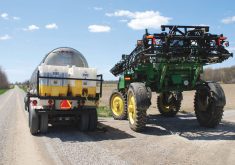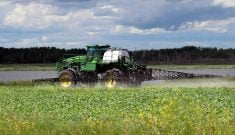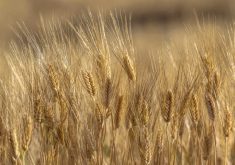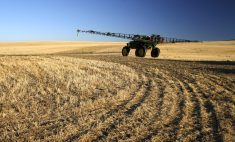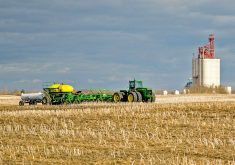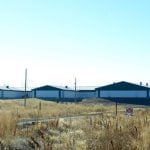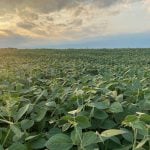Pesticides are vital tools when growing a crop, but they come with a responsibility to ensure correct and safe use.
“When it comes to pesticides, the crop protection industry works to support products being made, transported, and used in a safe way,” says Erin McGregor, stewardship and policy manager for Syngenta Canada.
“Ensuring that pesticides are used correctly is a priority and integral to the protection of not only the health and safety of farm workers and the public, but also the environment.”
Read Also

Local farm businesses, groups look forward to Manitoba Ag Days 2026
Most of agriculture is seemingly at Manitoba Ag Days each January: Manitoba agribusinesses and farm groups look forward to connecting with farmers at the 2026 show.
Reading and understanding the pesticide product label is the first step in safe use.
Read up
Before handling any pesticide, carefully read the product’s label, which provides detailed information on how to use it. A pesticide product label is a legal document that must be followed. Products should not be used in any way other than outlined on the label.
A pesticide label includes vital information such as the degree and nature of hazard posed by the product, application rate, first aid procedures, required personal protective equipment, and more.
According to Health Canada’s Pest Management Regulatory Authority, pesticides can be used safely by following the label directions. The text reflects the results of scientific evaluation that the product has undergone and specifies the correct use to prevent unacceptable risks to human health and the environment.
Even when working with a product used before, review the label before use. It’s not uncommon for labels to be updated, for example with changes to directions, precautions or pre-harvest intervals.
Understanding the label
There’s a lot of information on a pesticide label and for good reason. It’s critical to review it and understand each section to ensure correct use. If there are questions or difficulty understanding the label, contact a local agronomic representative, a pesticide specialist or the manufacturer.
Health Canada’s Pest Management Information Service (1-800-267-6315) is also available for questions. Some of the information found on a pesticide label includes:
- Precautionary shapes, signal words, and hazard symbols
- First aid instructions
- Precaution statements
- PPE requirements
- Directions for use
- Restricted entry intervals, pre-harvest intervals, and other restrictions
- Storage and disposal instructions
- Registration number
- Product company’s name and address
Note the Pest Control Product Act’s registration number. This unique five-digit product identifier, issued by Health Canada, will help a medical professional provide the necessary treatment in an emergency.
Pesticides and PPE
Protect yourself by wearing the appropriate personal protective equipment. It may include aprons, coveralls, footwear, gloves, protective eyewear, and respirators.
Read and follow product labels to ensure you use the proper PPE. Different equipment may be required for various tasks, such as mixing, loading, application, cleanup, and entry into a treated area, and this information will be outlined on the product label.
PPE requirements can vary for different pesticides, since products differ in safety requirements. If handling more than one pesticide, choose the most protective PPE, but remember that it is only effective when used correctly.
With pesticides, the product label isn’t just a guideline. Following labels to protect human health and the environment will help ensure your safety and that of others, while also protecting your crops.




